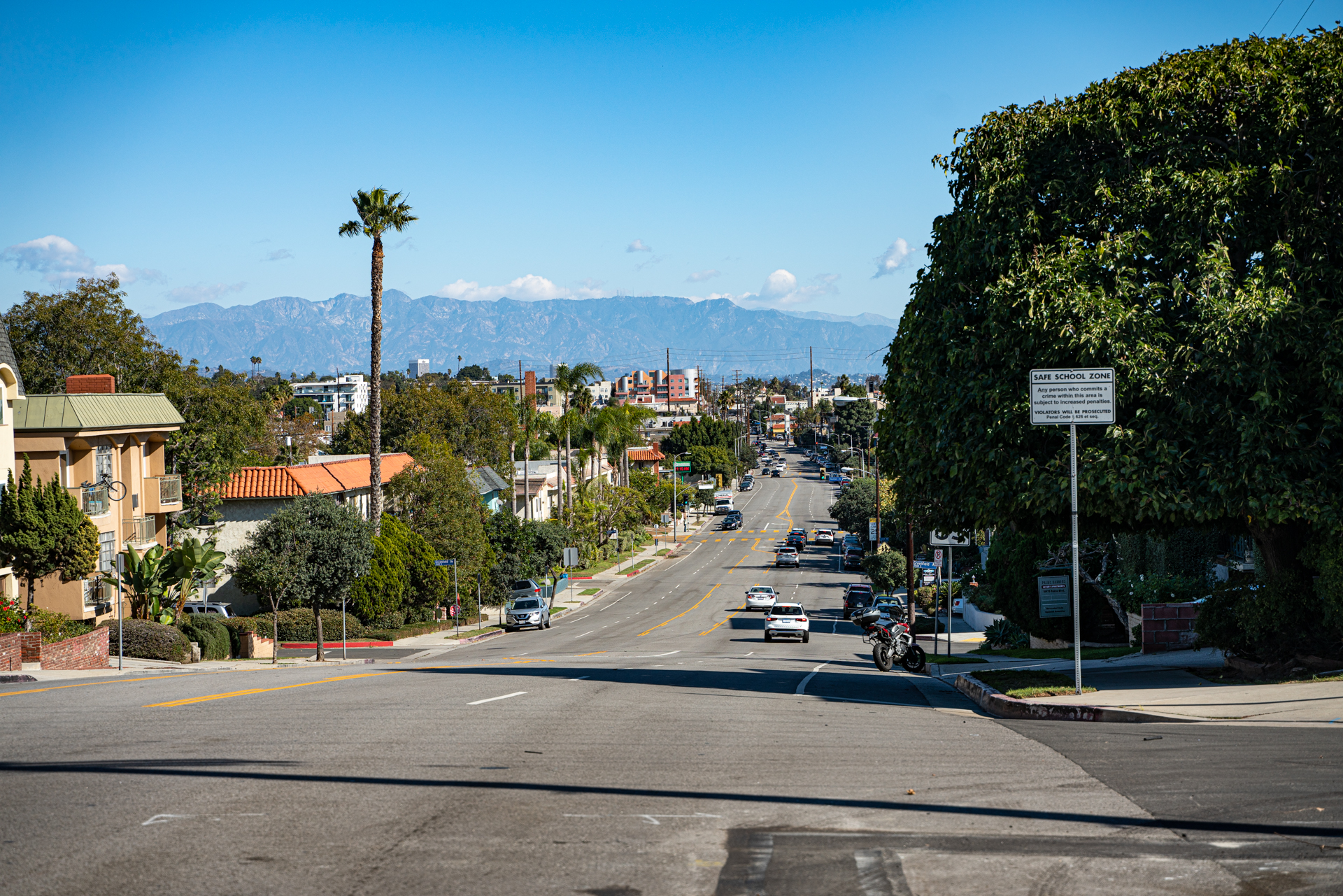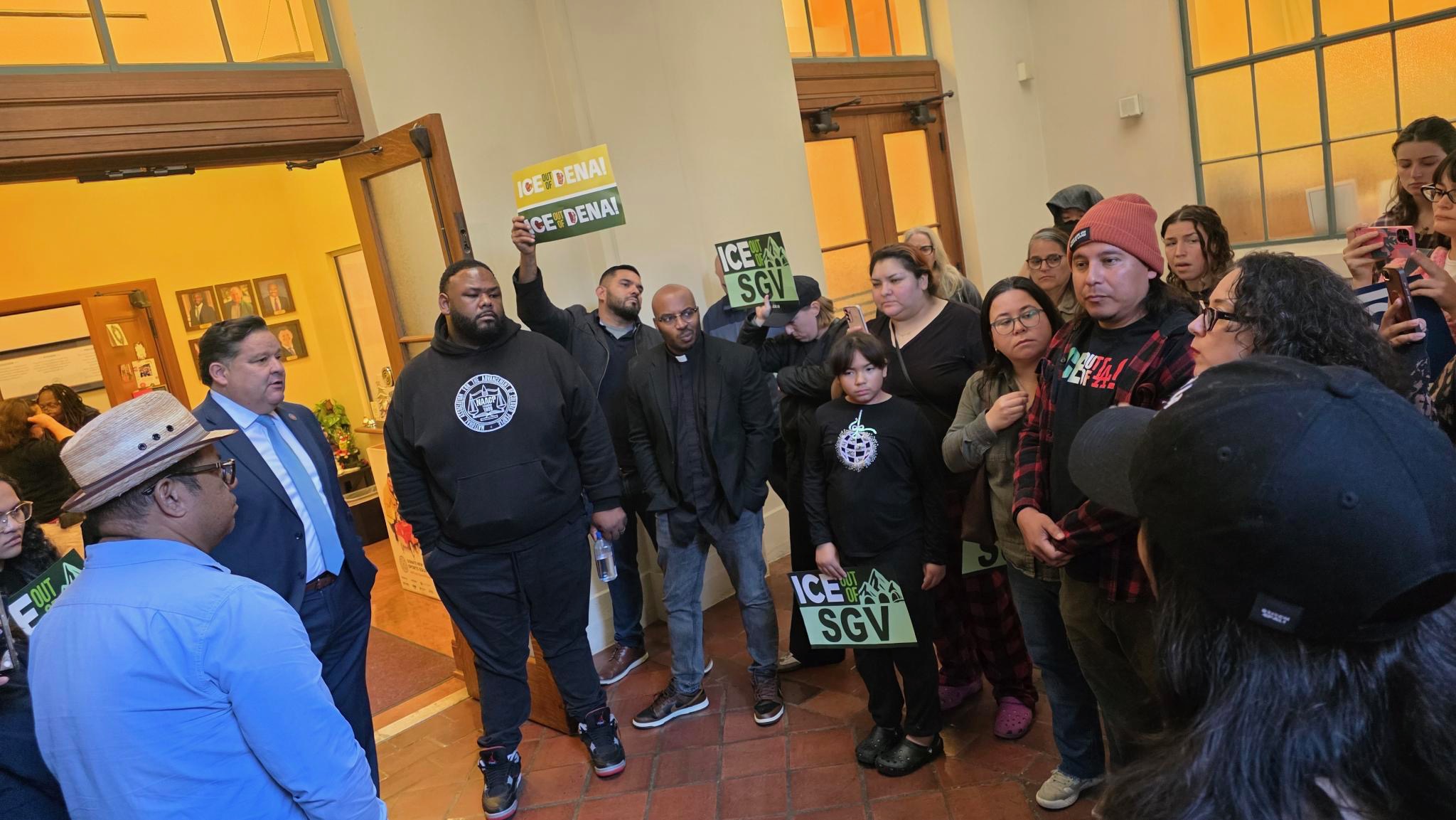L.A. TACO is embarking on its biggest mission yet: to create a taco guide for every single neighborhood in Los Angeles! Along the way, we will also be releasing brief histories of each neighborhood to understand L.A. a little more and celebrate how each and every neighborhood makes our fine city the best in the world.
The Westside neighborhood of Palms, which is just under 2 square-miles in size, is the oldest neighborhood to be annexed to the city of Los Angeles, being officially incorporated in 1915. The neighborhood’s history goes back much further and in 1819 was originally demarcated from Rancho La Ballona to be used as cattle and sheep grazing ground by Agustín and Ygnacio Machado, and father-and-son Felipe and Tomás Talamantes. A school was established in 1865 in the area that was still then known as Ballona, to be followed six years later by a general store at today’s intersection of Washington Boulevard and Overland Avenue.
With the arrival of the railroad came a land rush that would lead to the wider Ballona Valley being chopped up and sold, with land speculators Joseph Curtis, Edward H. Sweetser and C.J. Harrison buying 500 acres for $40,000. They named it “The Palms,” and planted 5,000 palm trees along eight miles of street, beginning with two trees outside of The Palms-Southern Pacific Railroad Depot, one of only two stations between Santa Monica and Los Angeles. Their first tract map was dated the day after Christmas in 1886. At the time, Palms was marketed as a vacation community and an agricultural stronghold.
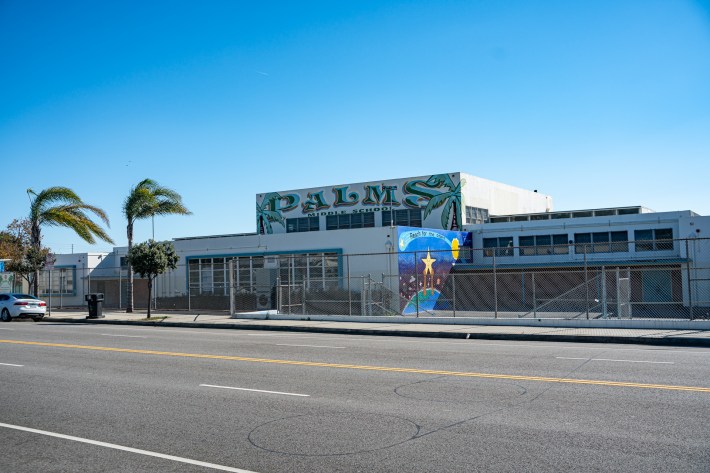
Amid extensive development on the Westside, a fierce political battle was waged over Palms’ annexation to Los Angeles, finally passing in June, 1914, and joining the San Fernando Valley to become official new parts of Los Angeles. By the 1920’s, most people were just calling it Palms, dropping the “the.” The exact borders of Palms aren’t official and thus open to debate. Palms is neighbored by Culver City, The Culver City Arts District (not actually part of Culver City), Faircrest Heights, La Cienega Heights, Beverlywood, Cheviot Hills, Rancho Park, Westside Village, Westdale, and Mar Vista. It is older than all of its neighbors and parts of most were formerly thought of as part of Palms. On many maps, for example, Westside Village is lumped in with Palms, but the Palms Neighborhood Council’s boundaries omit it. But it’s nevertheless home to the campus of Palms Middle School. The reason? Much of what was formerly regarded as Palms was cleaved off by the construction of the 10 Freeway in the 1960s.
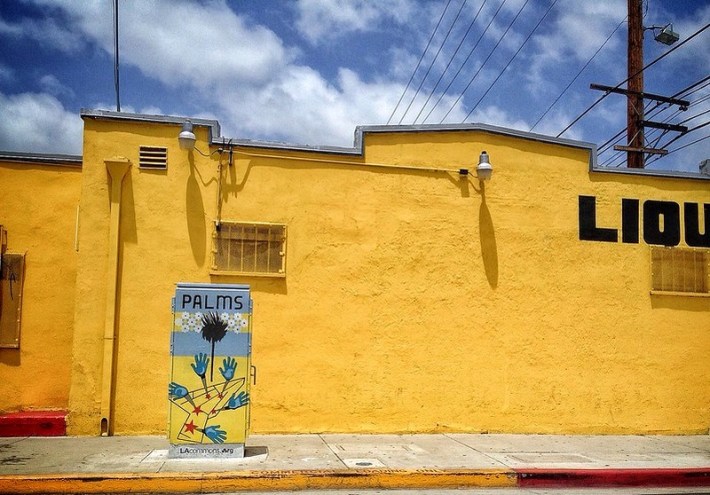
Palms has one of the 10 highest population densities in Los Angeles, as 92% of Palms residents– noted for their diversity, youth, and education–are renters. Originally, like most of the Westside, Palms consisted of detached, single family homes and on some streets, like Goldwyn Terrace, you can still see them. However, most older homes were demolished and replaced with dingbat apartments in the from the late 1950s through the early 1970s when the city was faced with a housing shortage, thanks to job booms in manufacturing and aerospace, educational opportunities for returning GIs.
Building here comprise a wide spectrum of styles, from post-WWII apartments inspired by Polynesian-influenced tiki culture to 50’s and 60’s dingbat design, to the boxy glass-and-steel monstrosities of today. And yes, the neighborhood has a well-photographed apartment complex on Overland called “The Crapi,” which is an inside joke of the owners, most likely riffing on Southern California’s preponderance of marketable European-style names given to “meh” buildings. Nearby, the same owners are also said to be the ones behind the nearby “Chee Zee Apartments.”
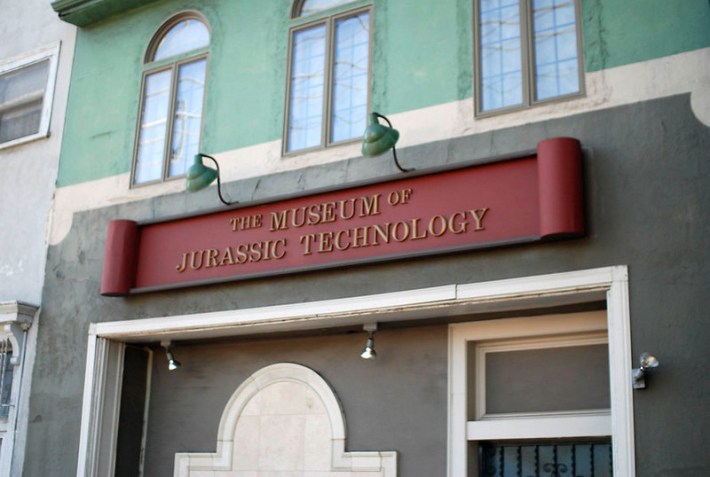
Palms is home to one of the weirdest and funniest museums in Los Angeles and probably anywhere. The Museum of Jurassic Technology blends crackpot, experimental, and factual exhibits, medical devices, theories, and beauty in the guise of an actual private museum. After messing with your mind for an hour, it has a beautiful rooftop tea garden for relaxing. Palms is also home to Tim Robbins’ Actors Gang theater troupe, which performs shows regularly at The Ivy Substation in Media Park, which is leased to, and often misbelieved to belong to, Culver City. Perhaps a better claim to fame, the male strip club empire of Chippendale’s had its start in Palms, when Steve Banerjee, an immigrant from Bangladesh transformed his Overland Avenue disco, Destiny II, into a temple of erotic male performance and curly mullets. Thanks, Steve.
There is an abundance of diverse and affordable places to eat on Venice Boulevard as it runs through Palms towards Robertson. Notably, one finds a number of South Asian and Brazilian options, including Tara’s Himalayan for Nepali cuisine, Jonathan Gold South Indian favorite Mayura, and the huge dosas of Annapurna, as well as Cantinho Brasileiro at El Camaguey and Afro-Brazilian Sabor DaBahia. In addition, there are also noteworthy Oaxacan, Vietnamese, Peruvian, Cuban, and Indonesian-inspired eats in the neighborhood.
And of course, Palms is arguably home to the best taco scene on the Westside, too.
